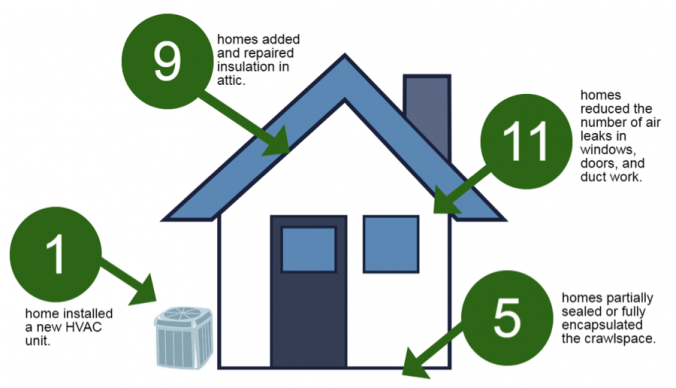Guest post by Maddie Atkins
Water and wastewater infrastructure needs in the US continue to grow. The EPA Drinking Water Needs Survey and Clean Watershed Needs Survey estimate that a combined $655 billion in water and wastewater infrastructure investment is needed nationwide over the next 20 years. In North Carolina over the next 20 years, estimates of water system capital costs range between $10 and $15 billion, and wastewater system needs range from $7 to $11 billion. As utilities raise capital to make infrastructure improvements, most turn to debt as an instrument to fund projects. As of the end of fiscal year 2017, local government utilities in North Carolina have $8.3 billion in outstanding water and wastewater debt.







